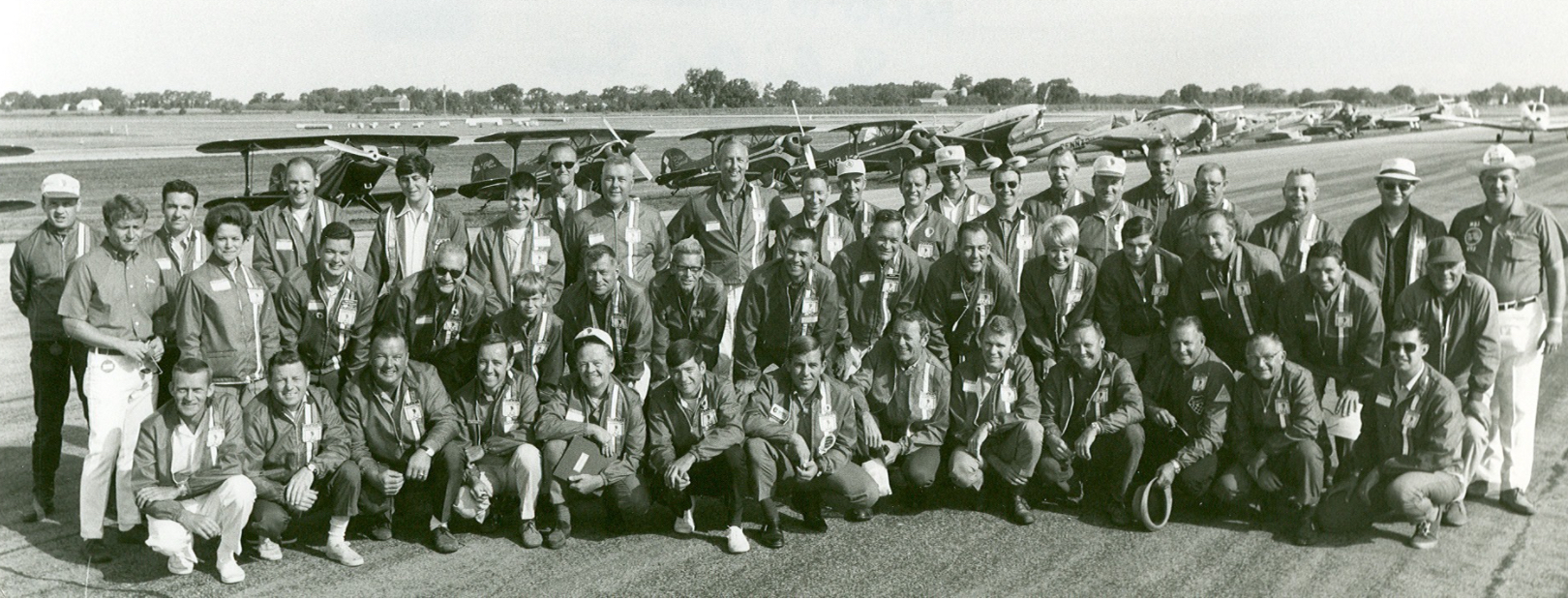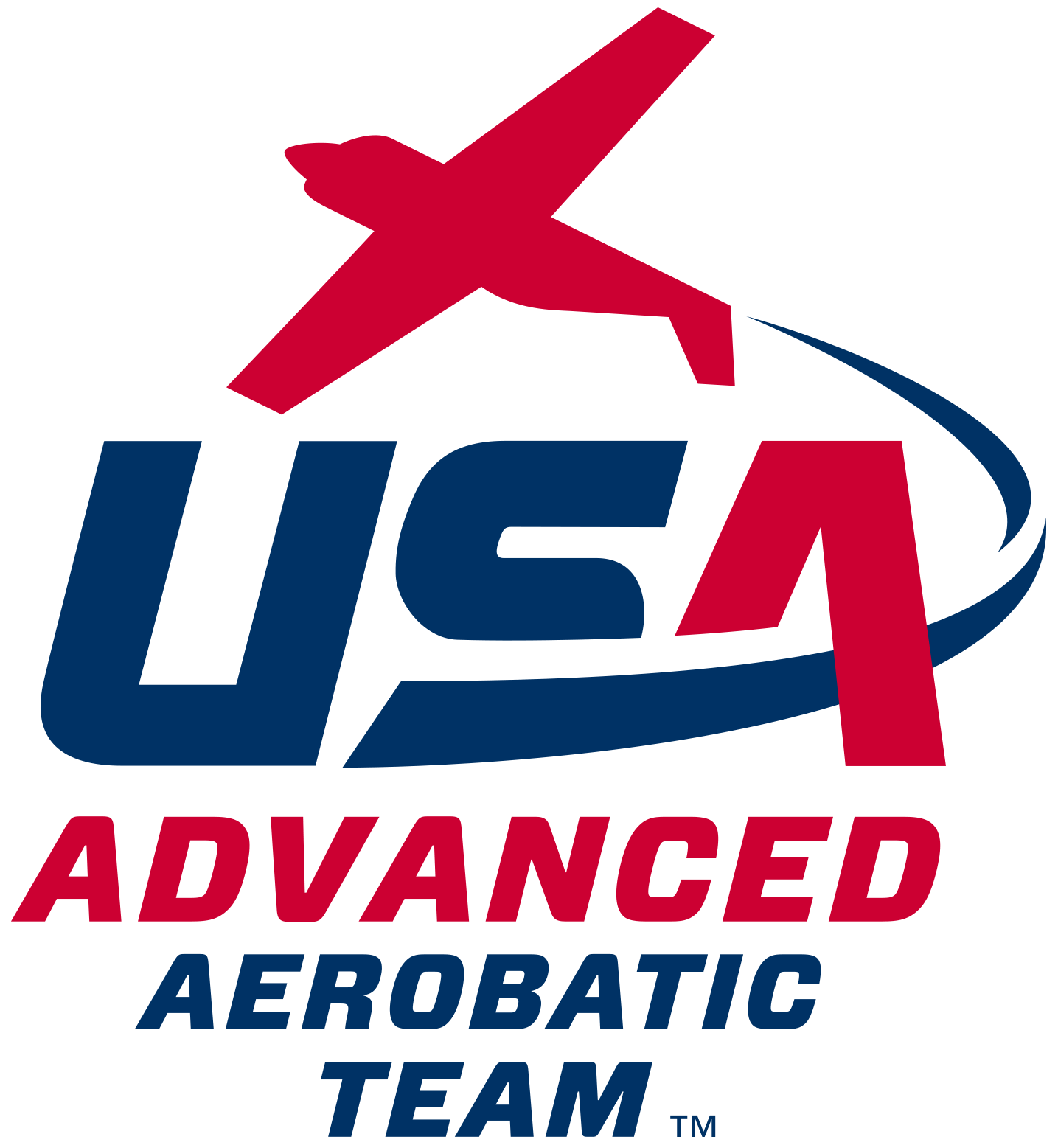By Mike Heuer, IAC #4, IAC Historian
The aerobatic community and sport aviation world lost one of its most significant members with the passing of Don Taylor, IAC #3, on July 5th, 2025.
I first met Don in 1968. A United pilot who had been based in Denver, he transferred to Chicago in the late 1960’s and immediately became part of what was a very small aerobatic community in northern Illinois. He brought his Great Lakes with him, which he had restored and was powered by a 185 hp Warner engine and later added a Pitts S-1S to his stable. After the 1969 U.S. Nationals, my father, Bob Heuer, and Don went to EAA headquarters in Milwaukee to meet with Paul Poberezny, founder and President of EAA, to start a new aerobatic organization under EAA’s umbrella. They were very wise in taking this approach as they knew long-term survival of any new club depended on having that umbrella over them. Paul was an accomplished aerobatic pilot in his own right, flew many airshows in the EAA Museum’s P-64, and readily accepted the idea and opened EAA’s doors to our group. All of us were EAA members already so it felt like we were coming home.

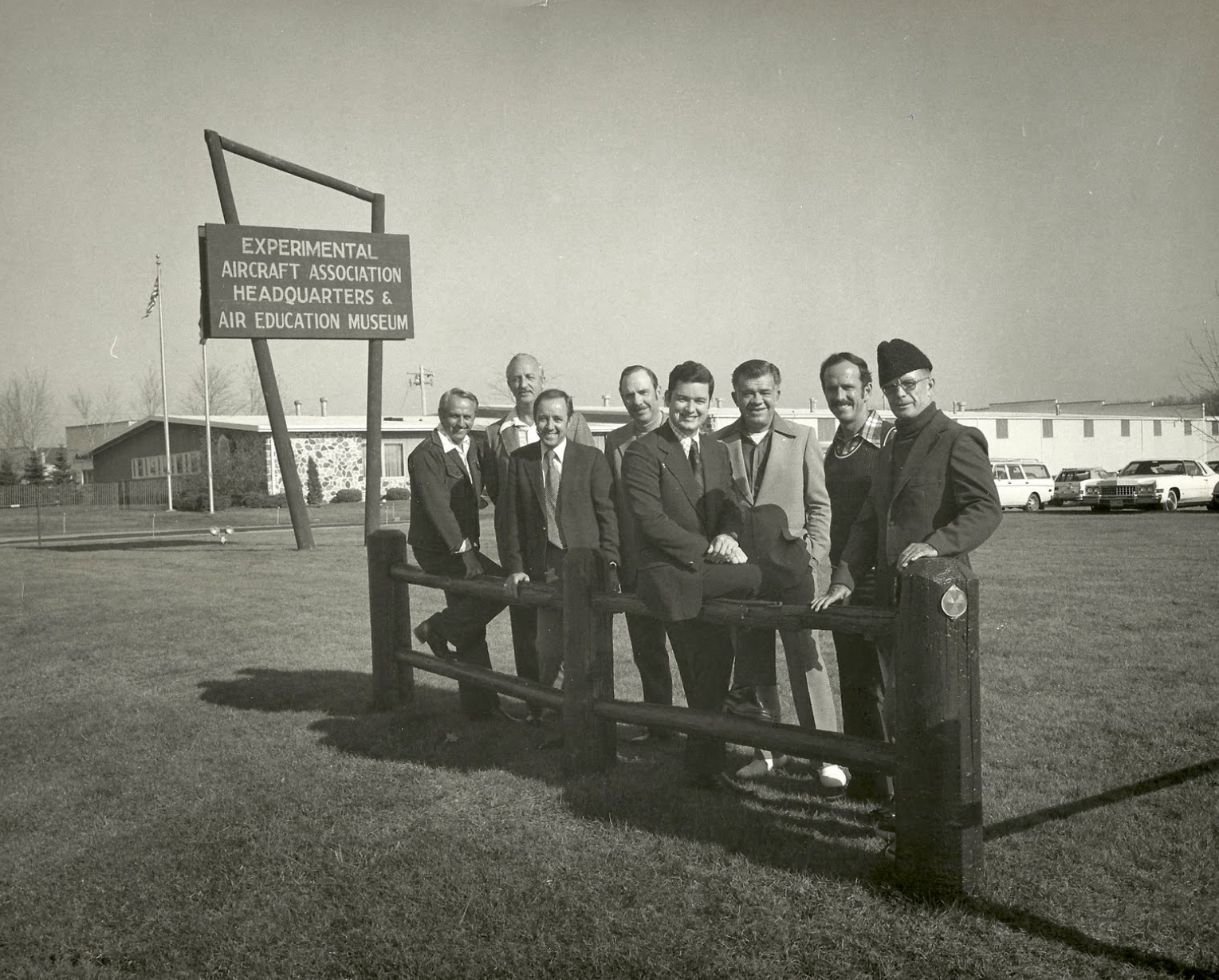
Amateur built aerobatic aircraft, principally the Pitts S-1, were becoming the most popular aerobatic aircraft and turned out in increasing numbers as contests began to be held in the USA. EAA had a strong interest in their use for upholding our safety record and creating programs for this purpose. After the IAC formally organized in early 1970, Don became Vice President during my father’s presidency. He was a consummate organizer and already recognized, even then in aerobatics’ early history, as one of the country’s experts on rules and judging. As we sat down in our family’s dining room and began the process of writing the rules, Don was instrumental in putting words to paper. I took notes and ultimately typed up the final copy for the printer on our manual typewriter and in early 1970, and it went off to the printer, implementing IAC’s multi-category system with an emphasis on safety. It is a tradition that continues to this day.
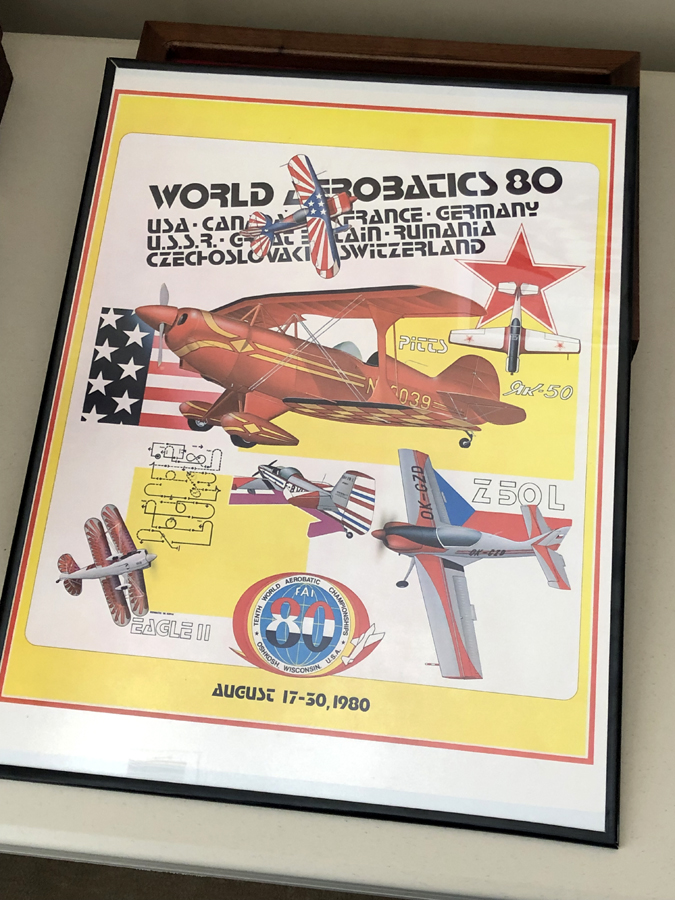
As IAC grew, Don continued in his leadership role in crafting revisions to the book and directing our IAC championships in Fond du Lac, Wisconsin. He was there when we hosted the largest aerobatic competition ever held in the USA with 134 competitors. By his side was his wife Gail, a very talented organizer and manager in her own right, and they were a fantastic team. In 1973, my father decided to step down as IAC’s first president and all of us assumed that Don Taylor would take the reins. However, he announced he was dropping out of IAC leadership to pursue other interests in aerobatics as well as business plans he was working on. We were all surprised at the time, but in hindsight, it was probably one of the best things that happened to aerobatics.
After he left IAC’s leadership, he became a dealer for Christen Industries, selling their products and kits, created a residential airstrip development west of Chicago, became the USA’s delegate to CIVA, thrust himself into TV production, and convinced the delegates to CIVA to allow him to organize the World Aerobatic Championship in Oshkosh, Wisconsin in 1980. He formed World Aerobatics 80, Inc., in partnership with Charlie Hillard and Tom Poberezny as an IRS 501(c)3 organization. The contest was held at the EAA Fly-In convention site at Wittman Field. EAA pulled out all the stops to offer its full cooperation and support for the event and it was held right after the Fly-In.
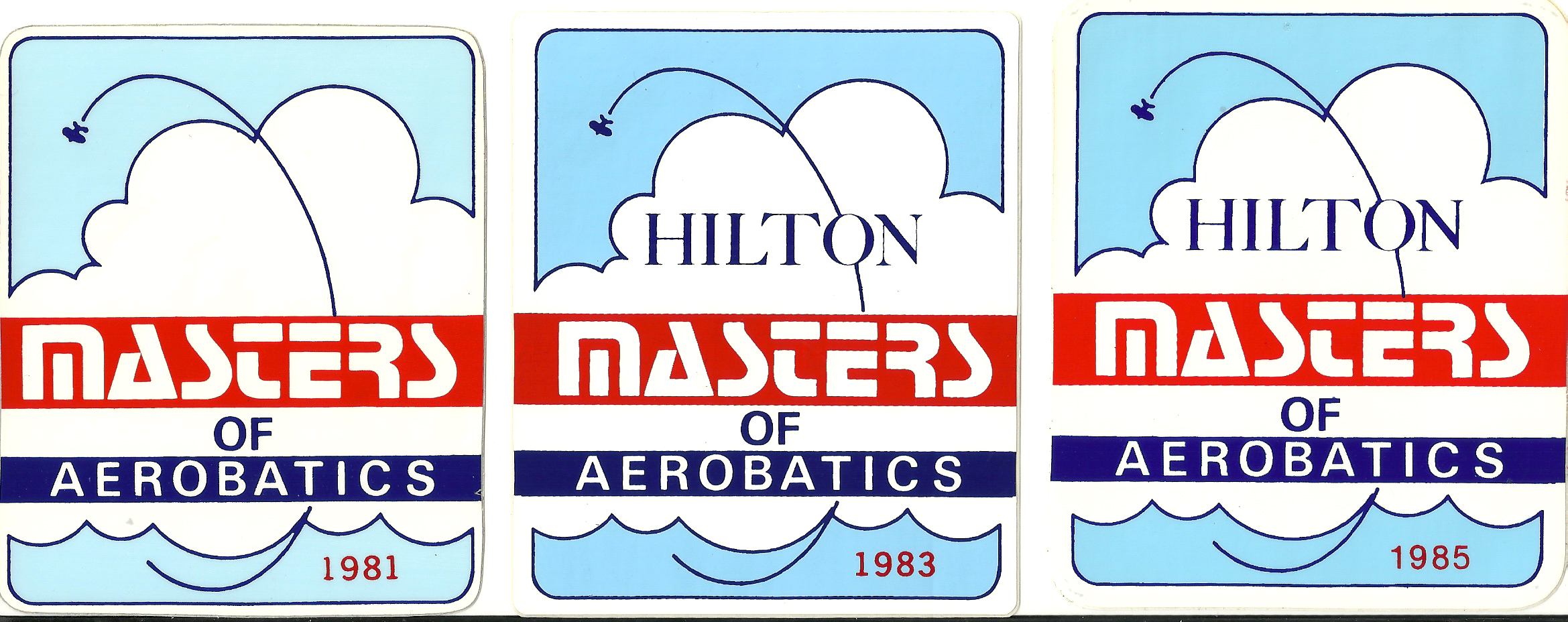
Unfortunately, international events intervened, as they have before and since that world contest. The Soviet Union invaded Afghanistan, the USA boycotted the Olympics in Moscow that year, and the USSR and its eastern European allies all pulled out of the WAC. Despite that, and thanks to Don and Gail’s superb organizational skills and diplomacy, the championships still attracted 51 competitors (42 men and 9 women), down only ten pilots from the previous WAC. The contest ended up being one of the best organized in early aerobatics history.
Don was an accomplished aerobatic pilot in his own right in addition to being an airline pilot, successful businessman, aerobatic judge, rules expert, and TV producer. He flew his first aerobatic contest at the Antique Airplane Association’s Fly-In in Ottumwa, Iowa in 1965. Coincidentally, that was the first aerobatic contest the Heuer’s had attended it and sparked our family’s interest in this small but fascinating sport. He ultimately flew Unlimited in his Pitts S-1S but in subsequent years, focused on those other areas for which he showed so much skill and talent.
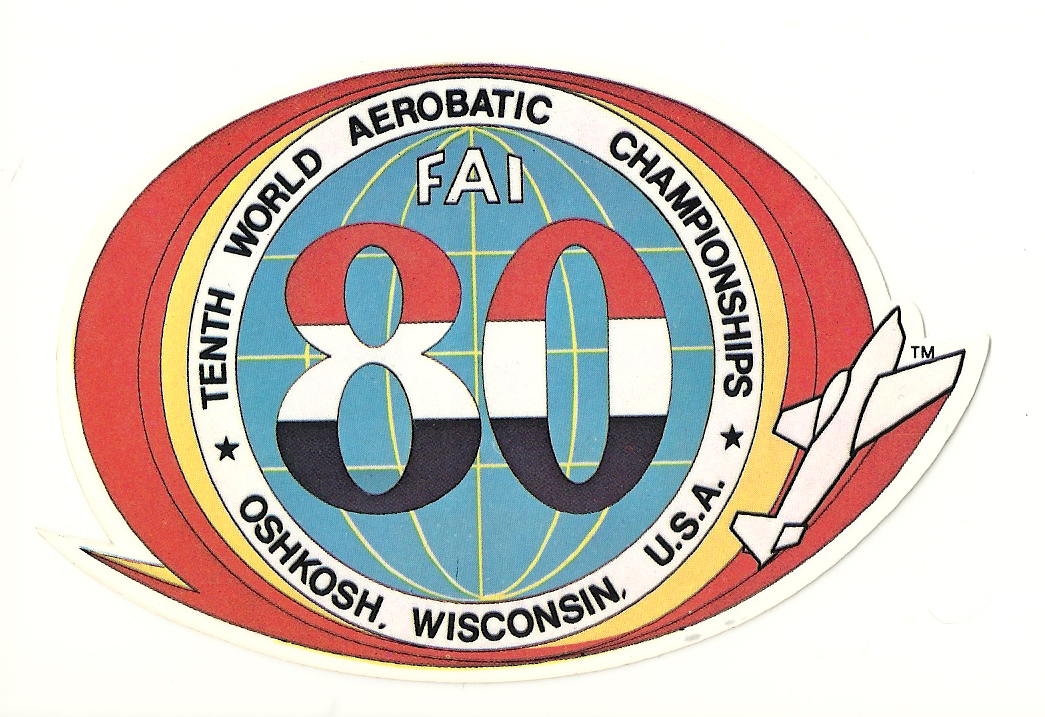
One of the first examples was his sale of the TV rights for WAC 80 to CBS Sports. That TV show can still be found on YouTube today. Don enlisted Chuck Yeager as a color commentator. It was the first televised WAC and appeared on the CBS Sports Spectacular. Not slowing down a bit, he created the concept and trademarked the name “Masters of Aerobatics” which ended up becoming the Hilton Masters of Aerobatics which were held in 1981, 1983, and1985. Also televised, Don invited the top ten aerobatic competition pilots from around the world for this special event. Pilots were anonymous, judges were sequestered from them, and they all flew identical Pitts Special airplanes. In 1983, it aired on ESPN and won an Emmy as the best photographed sporting event, beating out major networks.
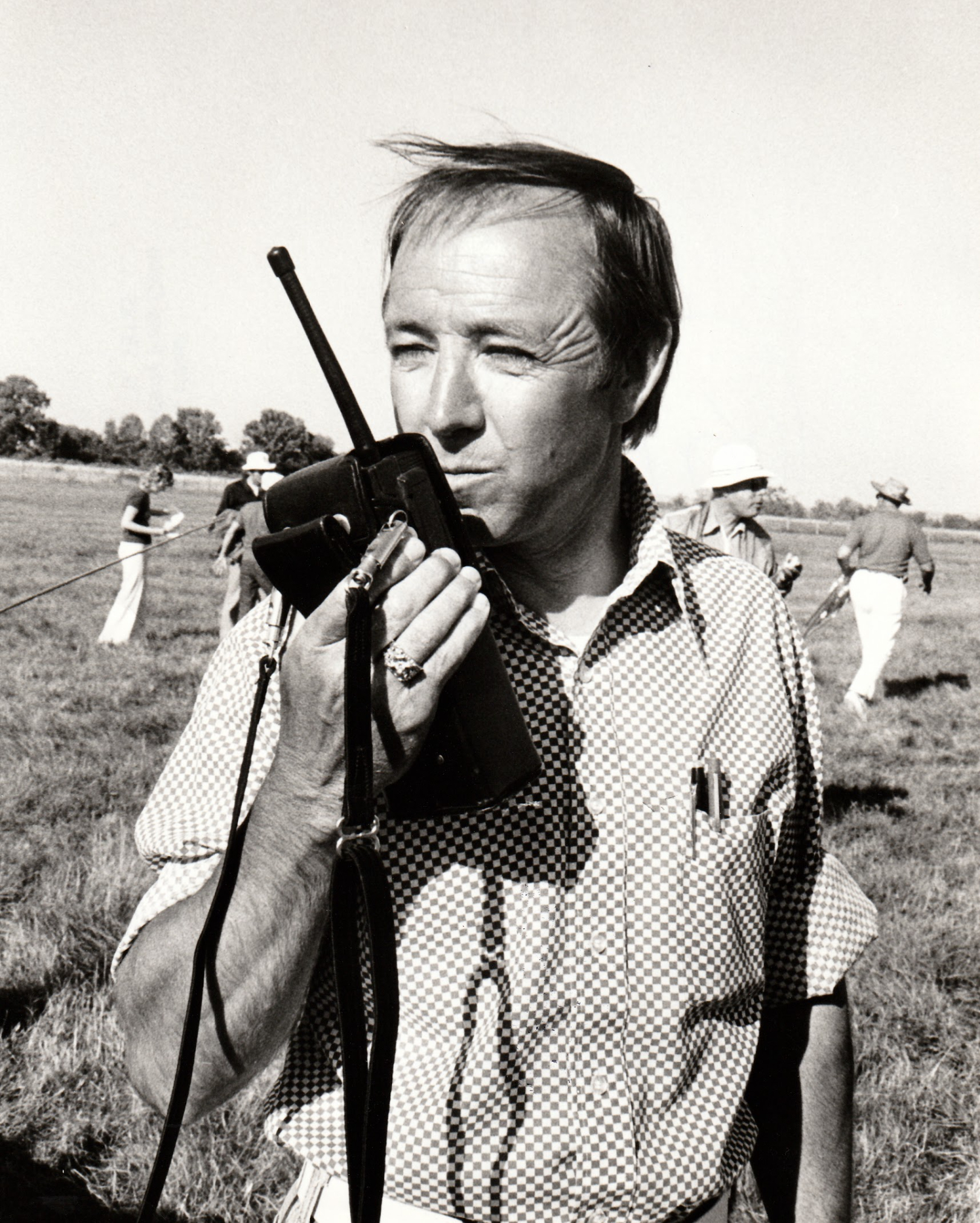
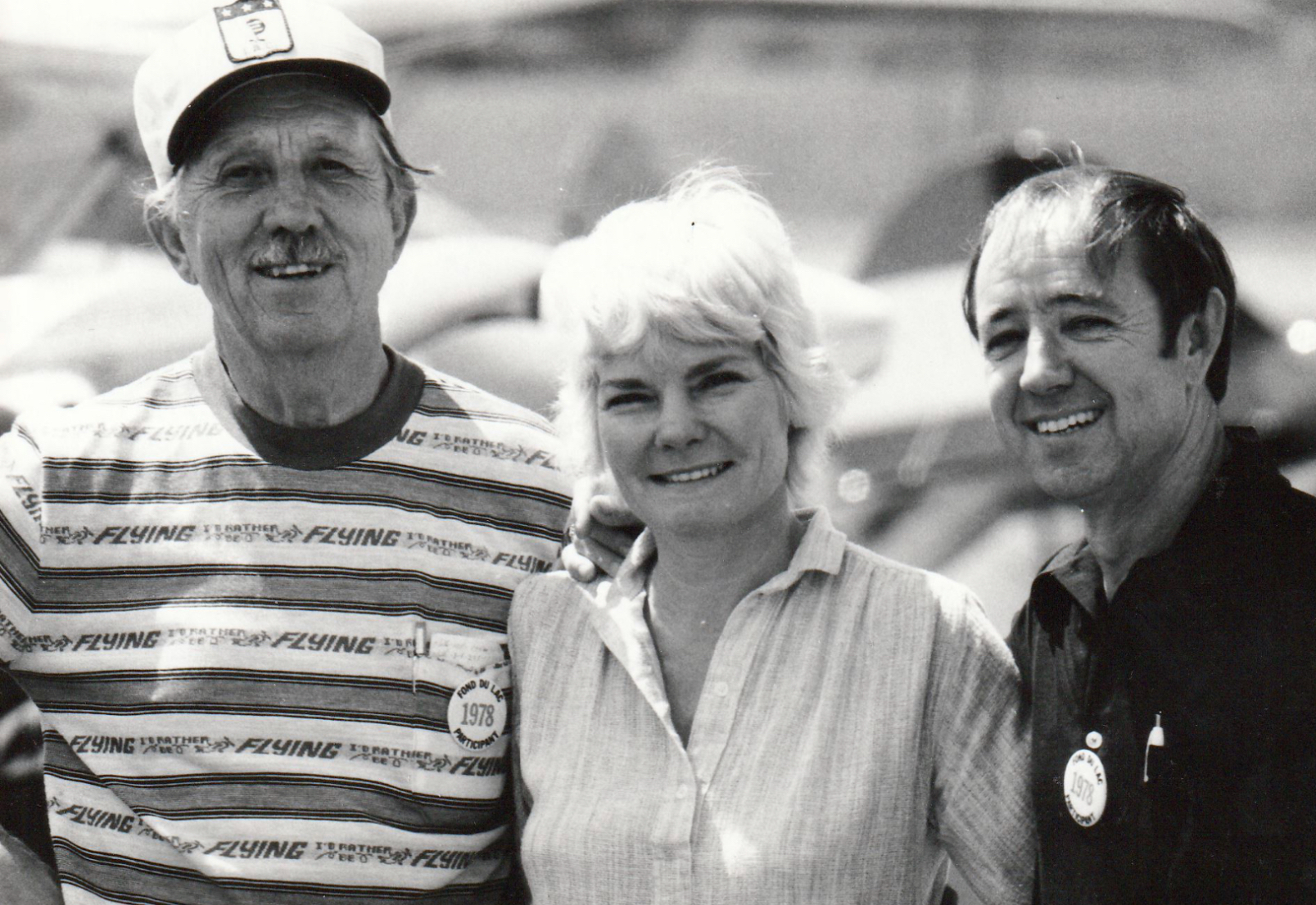
After serving as a judge and jury member in WAC’s held in the 1970s, Don turned his attention to the U.S. Aerobatic Team in the 1980s. At about that time, aerobatics in the USA underwent a huge rift and a split in cooperation between the Aerobatic Club of America (ACA), then the USA’s sanctioning body for aerobatics under NAA, and IAC. The details will remain to history, but it was a difficult time and the future uncertain.
I had just assumed the IAC presidency in 1981 after serving as Vice President under Carl Bury, and in late 1981, flew to Washington, DC to make the case for NAA terminating their letter of agreement with ACA and taking on IAC as its aerobatic affiliate, granting us full powers in our country to sanction competition, manage the sport, hold the U.S. Nationals, and select and send U.S. teams to world competitions. I was accompanied by Leo Loudenslager and Charlie Hillard to that meeting, who both supported IAC, and the only two Americans at the time who had held the title of World Champion. That transfer of powers was made and a new letter of agreement was drafted in 1982. Thus, IAC found itself immediately thrust into the challenge of funding a team and sending it to Austria that year.
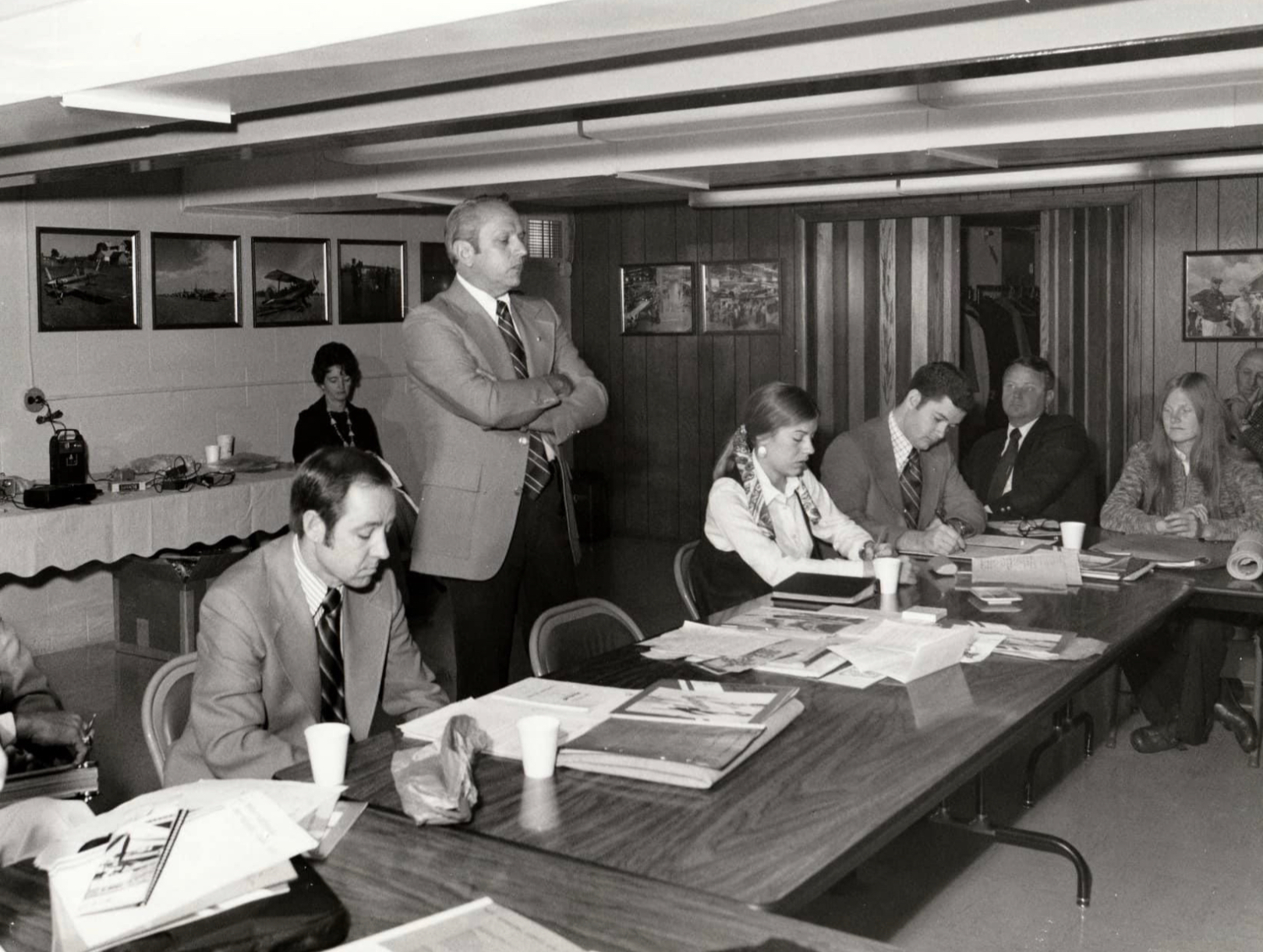
In stepped Don Taylor and Tom Poberezny. World Aerobatics, 80, Inc., was renamed the U.S. Aerobatic Foundation with the sole purpose of funding and organizing teams. IAC wanted a separate organization to do this. With an agreement in place, Don assumed the presidency of the Foundation, put his fundraising skills to work, got the Hilton Hotels corporation onboard as the major sponsor, and put it all together in a matter of weeks. In the end, 5 men and 4 women made the trip to Austria to represent the USA, with Henry Haigh coming in 2nd and Betty Stewart capturing the Women’s World Champion title. It was enormously successful. Don stepped down from the presidency not long after that but our success, in such a short time, was a tribute to the Taylor’s talents and hard work. Continuing to work on TV productions with his company, Cumulus Productions, he produced television for Aviation Week and produced the EAA-TV production covering the World Aerobatic Championships in 1996 in Oklahoma City. This show aired on ESPN.
In recent years, Don served on the EAA Aviation Foundation’s board of directors and after his retirement from those duties, was given the title of EAA Director Emeritus. He also assisted with guest relations at EAA AirVenture, which assisted and hosted VIP’s from around the world who were attending the event. His wife Gail was always by his side. Don Taylor helped found IAC but also guided its growth and brought the sport to large TV audiences. Those contributions can be hard to measure, but as someone who witnessed those accomplishments and called Don a friend and colleague, I can testify that our sport is what it is today thanks to Don and others like him who selflessly spent their lives developing, promoting, and improving our sport.
